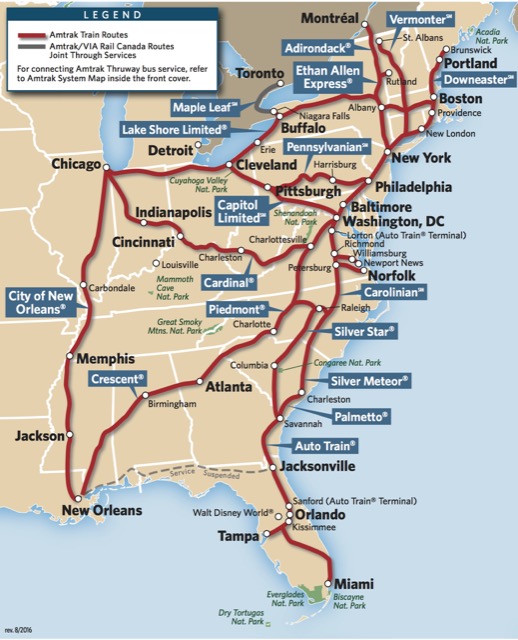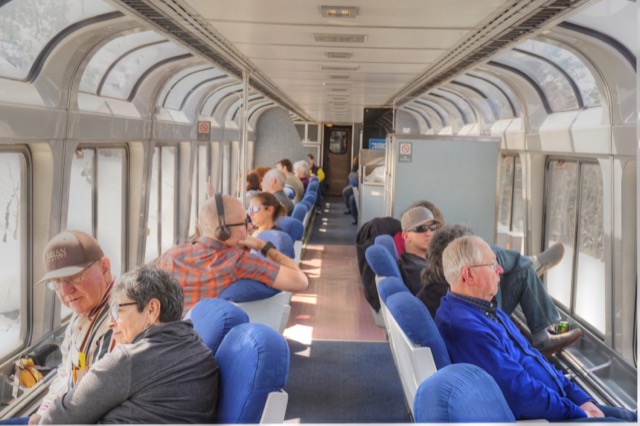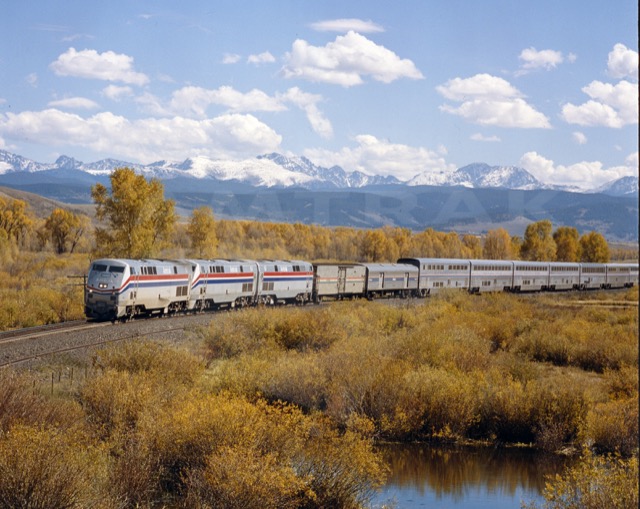While the Antiplanner was preparing to take Amtrak trains from Portland to Washington, DC, Amtrak was suffering from a spate of derailments, one near Chicago Union Station on March 26 and two in New York’s Penn Station on March 24 and April 3. Moreover, Amtrak now admits that it knew about the defective track that led to the Penn Station derailments, and didn’t fix it because it didn’t realize how serious the problem was.
Tracks are held in place by ties that were once all made of wood but that lately have been made of concrete. The Penn Station tracks still had wood ties, and an assessment before the accident found that some of the ties were partly rotted away. Replacing ties is difficult on heavily used rail lines, so Amtrak didn’t replace them right away, a mistake that led Amtrak’s CEO to make a public apology.
The accidents led New Jersey Governor Chris Christie to withhold state funds that New Jersey Transit pays to Amtrak to run its trains on Amtrak’s tracks. I suppose if I were paying money for a service, I would withhold funds if the service turned out to be unsafe. But Amtrak needs money to replace ties, so withholding funds might be the wrong solution in the long run.










